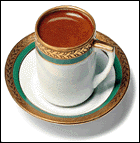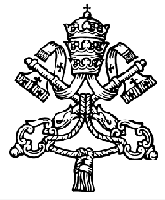Coffee - A Historical Tour - Part II

Coffee – A Historical Tour
By
Roger X. Navas-Balladares
Part II
By
Roger X. Navas-Balladares
Part II

It is believed that Venice merchants introduced coffee to the Western European World. Coffee was introduced to Western Europe via the Turkish Empire trading ships of the merchants of Venice during the early 1600’s. One sip of this black exotic brew, and Europe was hooked.
Coffee became a popular drink of European elites and some members of the church. Some members of the clergy were so afraid of the effects of coffee that they tried to get it banned.
Allegedly when Pope Clement VIII's advisers asked him to declare coffee an instrument of the Satan (since it was popular with Muslims) he replied: "The devil's drink is so good...we should cheat the devil by baptizing it." And so according to legend Coffee became the first drink to be baptize. Today we can thank the Cappuccino Order with the name of one of the most popular coffee drinks - The Cappuccino, named after the drinks resemblance to the Cappucino Monk’s robe.
But European entrepreneurs did not want to be mere consumers of coffee; they wanted to become producers of this rapidly growing commodity. After many failed attempts, the Dutch managed to set up a coffee plantation in the island of Java. Their success was beyond belief, and the Dutch quickly became the coffee purveyors for Western Europe. Coffee trees also became popular exotic plants for European aristocrats to own.
King Louis XIV, Le Roi Soleil, received a coffee tree from a Dutch merchant and it was proudly placed in the Jardin des Plantes, The Royal Botanical Garden of Paris. These status symbols were a conversational piece in aristocratic symbols, and hardly ever bore fruits.

<< Home